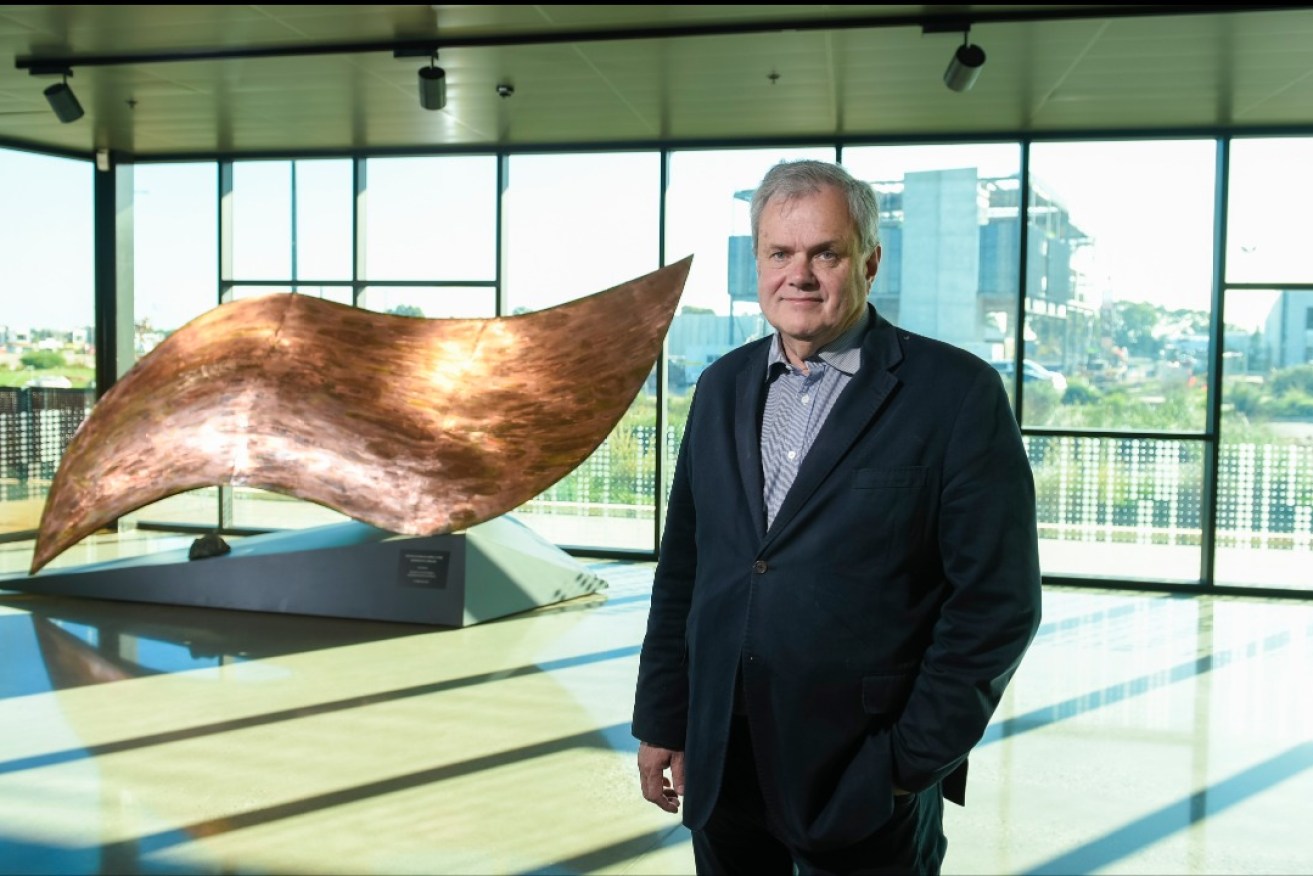Stats collaboration to drill down on policy impacts
The state government is blending data from the ABS with its own figures to help shape smarter policies as part of the first collaboration of its kind in Australia.


SA Department of Mining and Energy CE Paul Heithersay. Image: supplied.
Known as SA BLADE (Business Longitudinal Analysis Data Environment) the project follows a pilot study intended to enhance the state’s business location data and explore new areas for data analysis.
The tool can interpret data in a number of ways and can be used to assess the value of grant spending on individual projects or forecast the potential impact of policy changes.
The second stage is due to begin in October and will run until December 2022.
Under the Office for Data Analytics, stage two will link state administrative data and ABS information to inform policy-relevant research regarding the state’s growth.
SA Department for Energy and Mining CE Paul Heithersay, who has led the Department of Premier and Cabinet project, told InDaily other states were involved in research projects drawing from the national BLADE dataset. But South Australia was the first jurisdiction to bring together the state and national statistics, which would allow government to drill down on information.
“Anywhere where we have taxational data, transactional data, combined with our data, there are a number of hypothesis we can test – but bearing in mind that it can only be done in an aggregated way and a policy development way,” Heithersay said.
“The ABS tend to operate at a district level, whereas we can get down to the finer detail.
“We have different datasets, but by combining the two we can get much more precision about tests that we can run … which will inform future industry development.
“That is what it is at its heart: Combining data collected over the years in an aggregated way to run experiments that tell us: ‘we did that, then what happened?’”
Heithersay said stage two would allow the state government to examine the nine industries targeted in its plan for economic growth using historical data.
“We can’t roll it out across the board, but what we can do is pick certain elements of the South Australian growth strategy and develop hypothesis,” Heithersay said.
“For example … can we show in a year’s time, using these pilots, that we’ve picked the right areas that will grow?”
Last year, InDaily reported the government would focus on nine priority sectors in a bid to reboot the state’s lagging economy. These were: tourism, international education, defence, hi-tech, space, creative industries, health and medicine, food, wine and agribusiness, and energy and mining.
Heithersay said SA BLADE would be used as an assessment tool for future state-based programs and initiatives after their initial implementation or completion.
In its pilot it had already been used to assess the benefit of government grants by analysing data from firms which had received funding at a state and federal level.
“There was a grant process that the state government put together to help businesses in the South East to restructure themselves. So, it was bringing in specialists to look at individual businesses and work out ways to expand their businesses, particularly in the forestry sector,” Heithersay said.
“Investment was done and work was done and we were able to go back and say: ‘this investment was done. Did it make any difference?’
“What we found was, it made a measurable difference to businesses that had 20 people or more. But it actually had a zero influence or negative influence on companies with fewer than that.
“We were able to say, your grant went into this business at this time and we can show that they hired more people, they paid more tax, it was of net benefit to the firm.”
SA BLADE is also expected to be used to profile and map sectors that are not easily identified by the industry classification systems and develop a better understanding of the state’s export, employment and entrepreneurial markets.
Want to comment?
Send us an email, making it clear which story you’re commenting on and including your full name (required for publication) and phone number (only for verification purposes). Please put “Reader views” in the subject.
We’ll publish the best comments in a regular “Reader Views” post. Your comments can be brief, or we can accept up to 350 words, or thereabouts.




